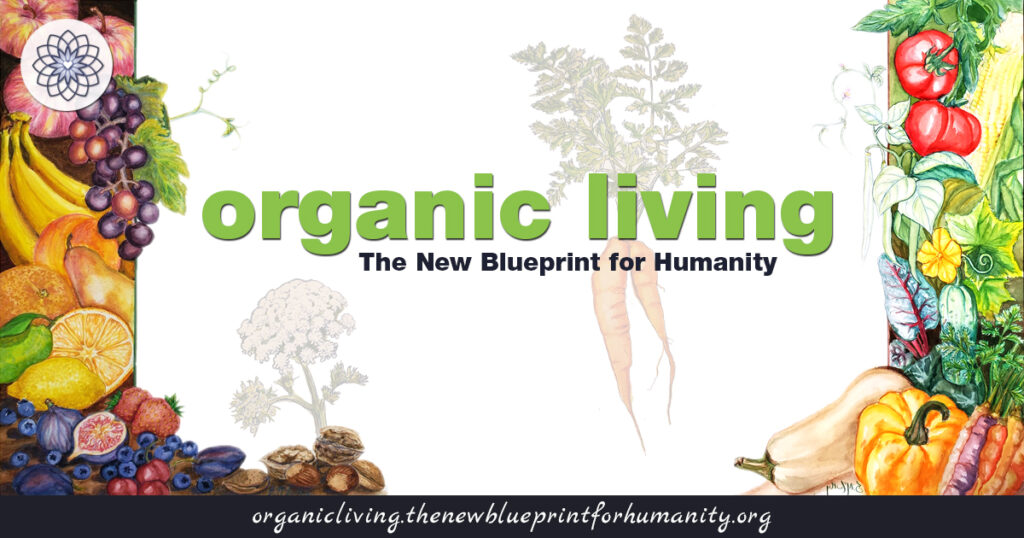Fruit Salad Trees can be grown in a container, in the
ground, on your balcony, or backyard and are suitable for all climates. Hardiness zones are 5 to 8.
They can spread up to 10 ft. tall and 10 ft. wide and some can be as small as 2 or 3 ft.
Chill hours mean the fruit trees require a certain number of at or bellow 45 F every winter to end
their dormancy to flower and bear fruit in the spring. (for example, you might need to choose a “lowchill” tree). Heat tolerance means apples like warm days and cool nights. Peaches and nectarines love long, hot summers, pears and cherries prefer cooler climate. Make sure to choose a tree that
can handle the summer heat in your area.
They are adaptable to most soil types and like soil pH 6.0 to 7.0. Most
will need a full sun day but some growers do 6 to 8 hours of direct sunlight daily whereas others
recommended to place the tree in a location where it can bathe in the afternoon sun. The indoor fruit
cocktail tree is perfect for the fruit lover who has limited to no gardening space available.
Containers for growing dwarf fruit trees may include those made from plastic, metal, clay, ceramic,
or wood, as long as there is adequate drainage provided. A general rule of thumb, however, is to
start with a container approximately 6 inches (15 cm.) wider than that from which the tree is initially
placed in at the nursery. The miniature fruit tree enjoys well-drained sandy soil of moderate fertility,
which is suitable for most dwarf fruit trees.
The first step in the process of growing fruit cocktail trees is to soak the tree overnight in a bucket full of water.
Secondly, is to dig a hole 12-18 inches deep and wide in the ground, spread out the roots, and dip the tree into the
hole but make sure the grafted joint stays about two inches above the soil. You will see the joint
clearly at the base of the tree. Cover with soil and compost, then mulch around the tree to help
keep the soil moist. Water well.
If you plant your dwarf fruit trees in containers, then, when the portable time comes, load them
up, and off you go. The miniature fruit tree should be moved indoors during cold spells and
placed away from drafts. When growing dwarf fruit trees, you should repot them one size up
about every two years
Fruit trees benefit from companion plants
that attract pollinators, repel pests, improve soil conditions, conserve water, and suppress
weeds. Herbs, wildflowers, legumes, alliums are helpful: Goldenrod, Bee balm, Black-eyed
Susan, Borage, Poppies, Lupine, Liatris, Marigold, Mint, Nasturtium, Pansy, Phlox, Sunflower,
Zinnia, Lavender, and Echinacea. Plant these plants within 25’ of the tree to attract pollinators.
These plants do not have to be as close to the tree as plants that repel pests or improve the soil.
Create a perennial bed or a stand of wildflowers outside of the canopy so the flowers get plenty
of sun. Many plants serve double-duty and attract both bees and butterflies: Milkweed, Violets,
Dill, Daisies, Zinnia, Ironweed, Blue Wild Indigo, Butterfly Bush, Cornflower, Lilac, Mallow, Joe Pye weeds,
Sage, and Snapdragon. Part of planting a butterfly garden is planting flowers that are food sources for caterpillars.
Milkweed is the only food source for Monarch butterfly
caterpillars. However, some of these plants may be invasive in your area, so check with a local
extension agent before you plant them.






